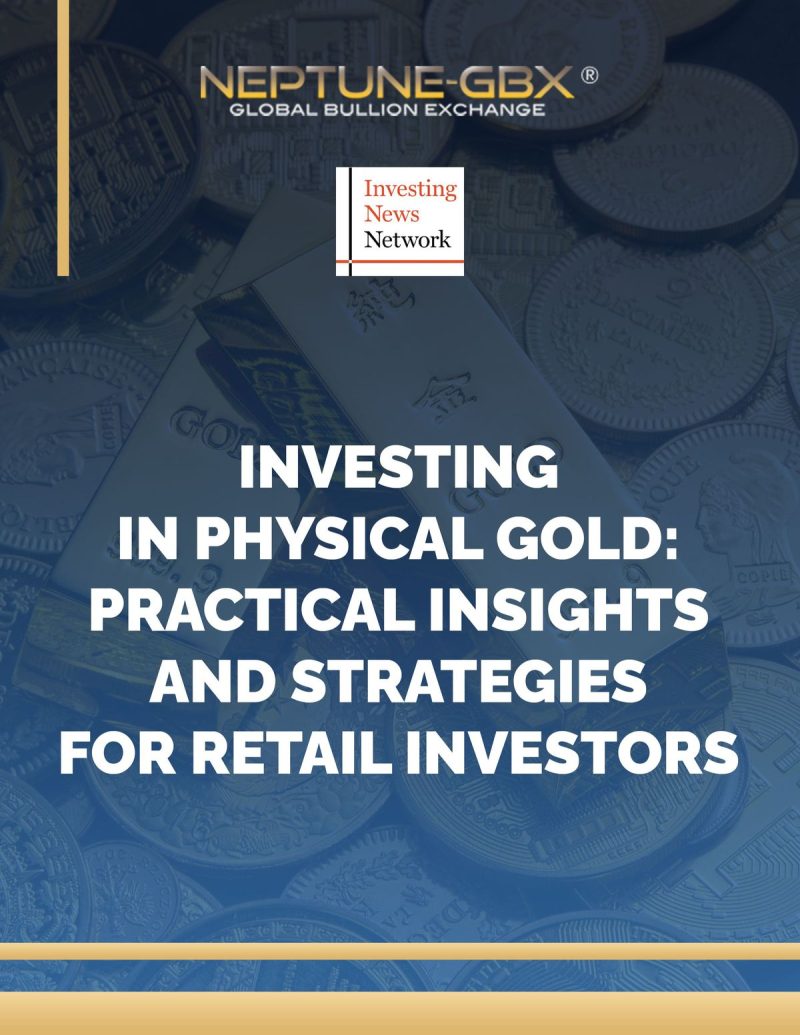Investing in Physical Gold: Practical Insights and Strategies for Retail Investors
Physical gold has long been considered a reliable investment asset, offering stability and security in times of economic uncertainty. With its tangible nature and historical value, gold continues to attract retail investors seeking to diversify their portfolios and protect their wealth. In this article, we will explore practical insights and strategies for retail investors looking to invest in physical gold.
Understanding the Value of Physical Gold
Before delving into the investment strategies, it is essential to understand the intrinsic value of physical gold. Unlike paper assets that are subject to market volatility and economic uncertainties, gold has maintained its value over centuries. Its scarcity, durability, and universal acceptance make it a sought-after asset for hedging against inflation and safeguarding wealth.
Investing in Physical Gold: Strategies for Retail Investors
Diversification: One of the key benefits of investing in physical gold is diversification. By adding gold to your investment portfolio, you can reduce overall risk and offset potential losses from other assets in times of market turbulence.
Allocation: When it comes to allocating physical gold in your portfolio, experts recommend a strategic approach. While there is no one-size-fits-all formula, a common strategy is to allocate 5-10% of your total investment portfolio to gold to balance risk and return.
Storage Options: Once you have decided to invest in physical gold, the next step is to consider storage options. You can choose to store your gold at home in a secure location, opt for a safe deposit box at a bank, or use a third-party storage facility. Each option has its pros and cons, so it is essential to weigh the factors based on your risk tolerance and convenience.
Buying Gold: Retail investors have several options when it comes to buying physical gold. You can purchase gold coins, bars, or rounds from reputable dealers, online platforms, or even through authorized banks. It is crucial to do thorough research, compare prices, and ensure authenticity when buying physical gold.
Selling Gold: As with any investment, having an exit strategy is crucial when investing in physical gold. When the time comes to sell your gold, you can do so through the same channels from which you bought it. Keep in mind that selling physical gold may involve additional costs such as refining fees or broker commissions.
Market Trends and Economic Indicators: Keeping an eye on market trends and economic indicators is essential for retail investors looking to invest in physical gold. Factors such as inflation, interest rates, geopolitical tensions, and currency fluctuations can impact the price of gold, making it vital to stay informed and adapt your investment strategy accordingly.
In conclusion, investing in physical gold can offer retail investors a tangible and reliable asset that provides diversification and stability in their investment portfolios. By understanding the value of gold, implementing strategic allocation, exploring storage options, buying and selling effectively, and staying informed on market trends, retail investors can navigate the world of physical gold investing with confidence and success.

